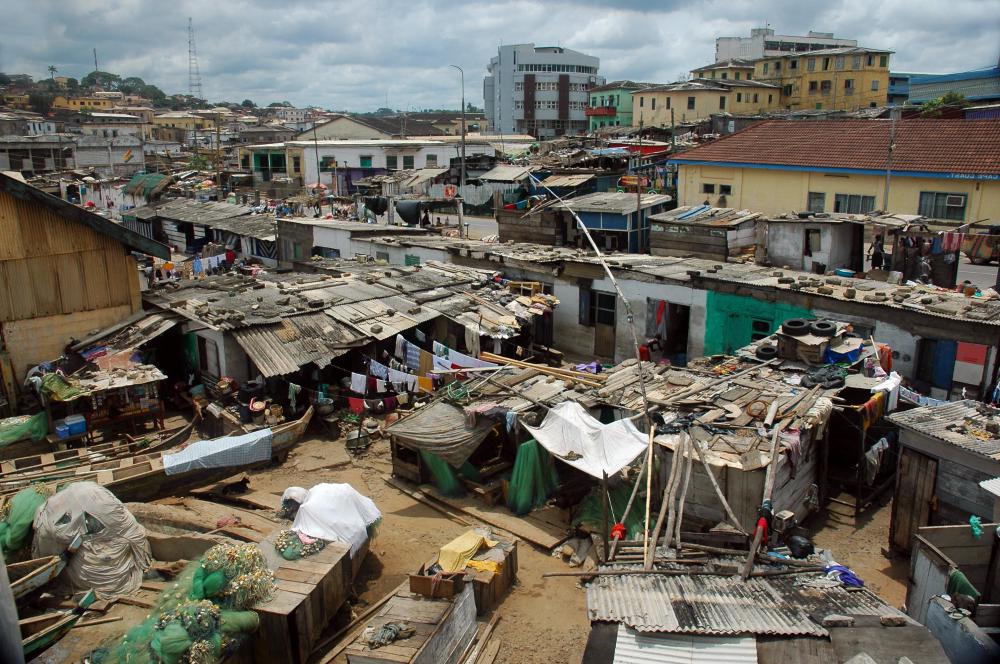At WiseGEEK, we're committed to delivering accurate, trustworthy information. Our expert-authored content is rigorously fact-checked and sourced from credible authorities. Discover how we uphold the highest standards in providing you with reliable knowledge.
What Is the Connection between Microfinance and Poverty?
The most obvious connection between microfinance and poverty is that, without poverty, there would be no need for microfinance. This category of financial services is for individuals who are too poor to qualify for traditional financing options. Reducing poverty through microcredit and the availability of other services, such as insurance and savings programs designed for those at the low income individuals, is the goal of microfinance. Although there are some cases in which the poverty level is so extreme that charity is the only solution, microfinance systems have been put in place in many areas of the world in an effort to help people lift themselves out of poverty.
Financial services for the poor have been nearly nonexistent in traditional institutions. Lack of collateral for security, high default rates, and extremely low income have been the main obstacles. In the area of microlending specifically, the transaction cost has also been a barrier. It costs almost exactly the same in overhead to process and service a loan of $100 as it does a loan of $10,000. This translates into a high interest rate levied against those who have the most limited ability to pay.

One of the modern pioneers in demonstrating the connection between microfinance and poverty is Dr. Mohammad Yunus. While a professor of economics at the Chittagong University in Bangladesh, Yunus conducted research and experiments involving microlending to women in one of the nearby villages. As a result, he founded Grameen Bank, which is also known as the “bank for the poor,” and won the 2006 Nobel Peace Prize.

The Grameen Bank opened in 1976 and is administered entirely upon the recognition of the connection between microfinance and poverty. The bank is almost exclusively owned by the poor borrowers who are its customers, with a very small portion owned by the government of Bangladesh. Unlike the typical formalities required by the rest of the financial world, institutions like the Grameen Bank require little, if any, collateral, and there are no legal documents outlining penalties in case of default.
One of the most striking areas where the principles of microfinance and poverty come together is that of gender. Traditional financial arrangements have historically taken place between men. This is not the case with microfinance. The overwhelming majority of transactions revolve around the women of poor villages who use loans that average around $100 to start small businesses in an effort to raise their families out of poverty.
AS FEATURED ON:
AS FEATURED ON:












Discuss this Article
Post your comments